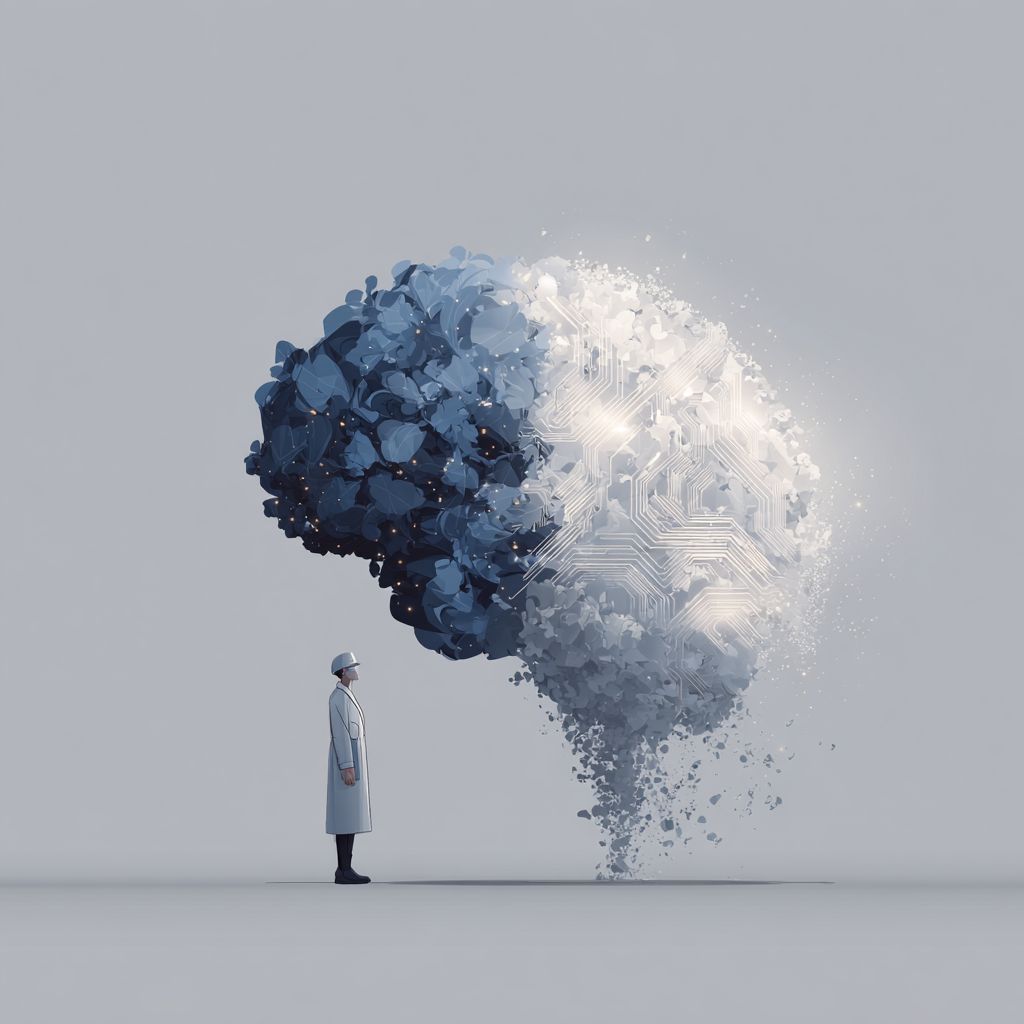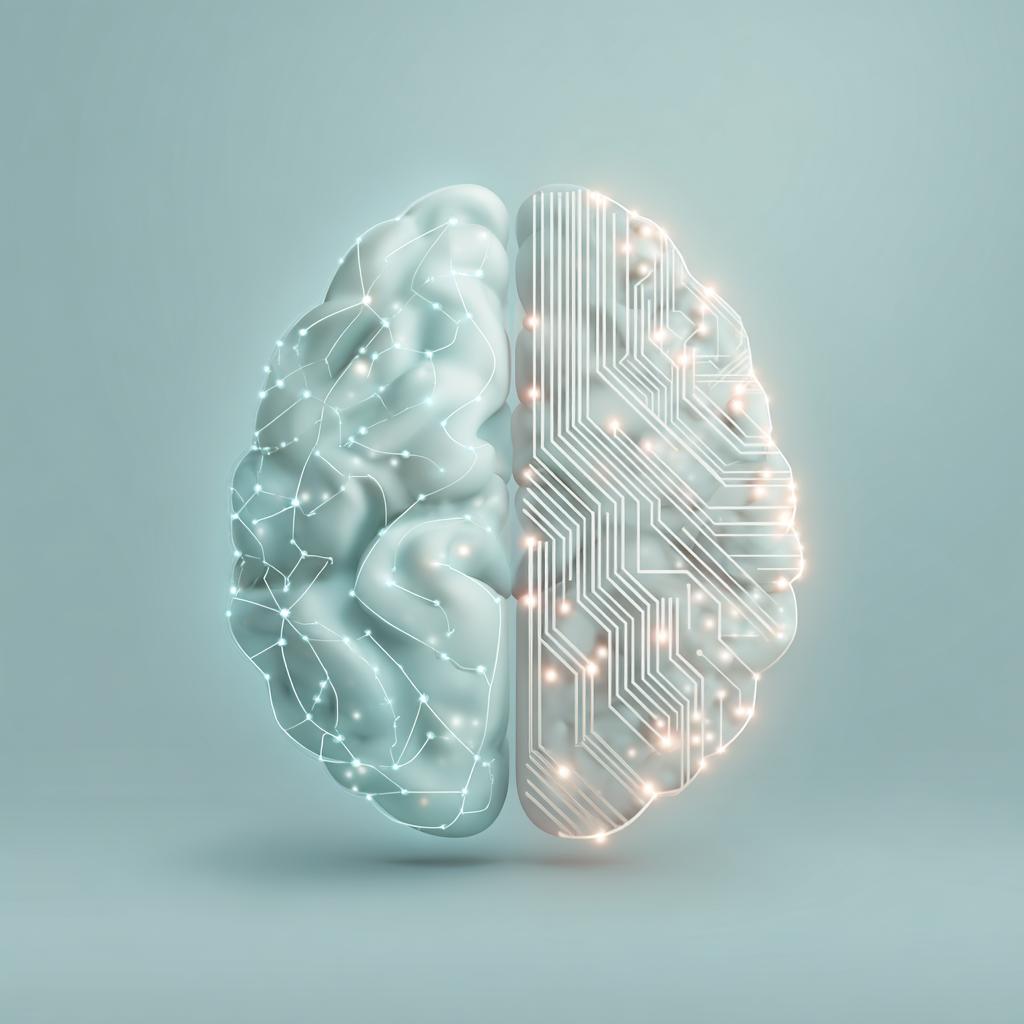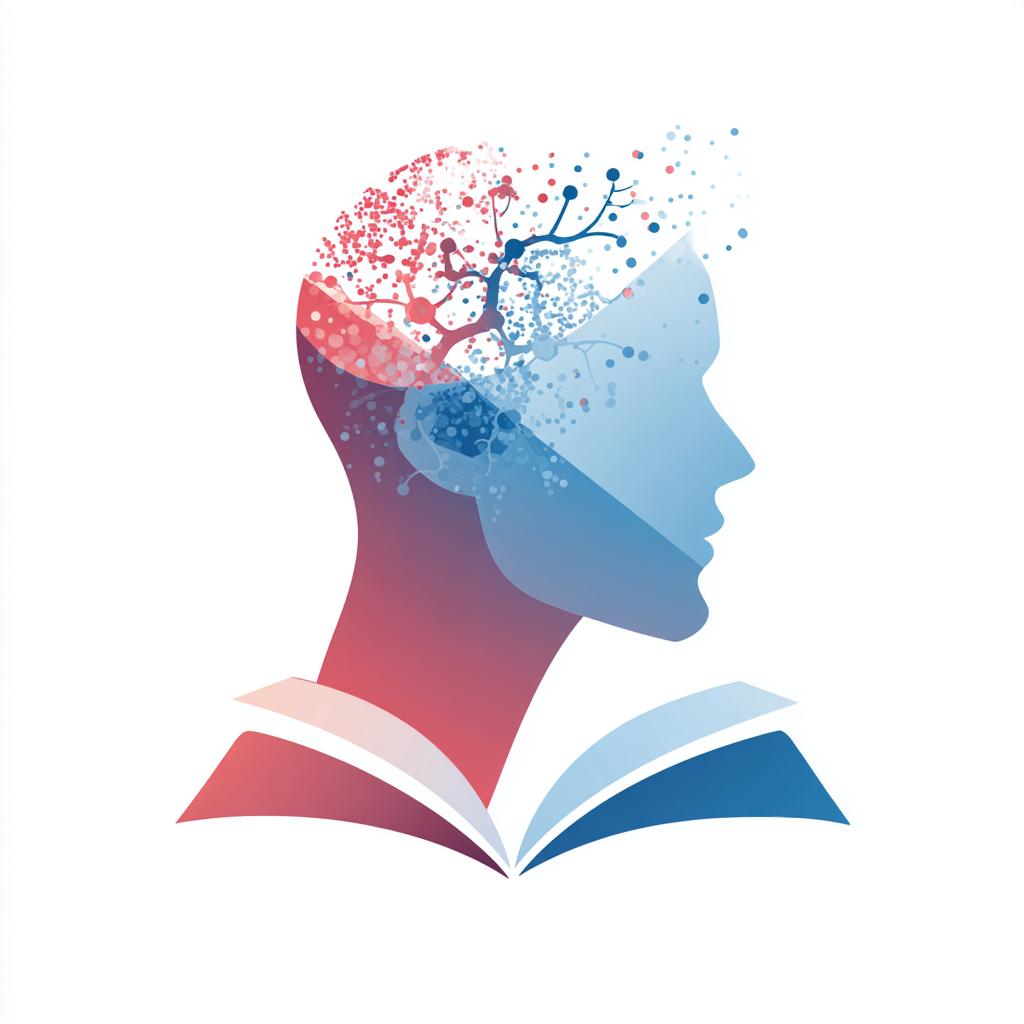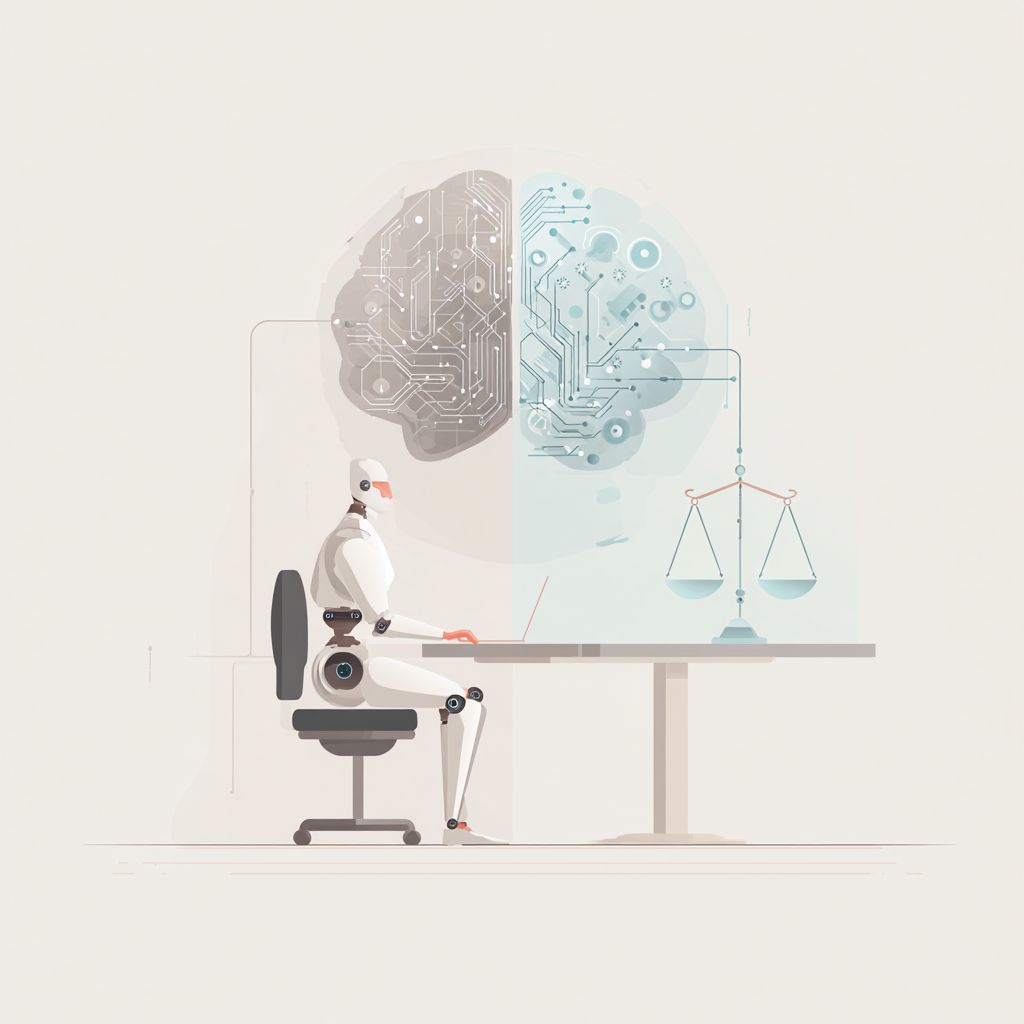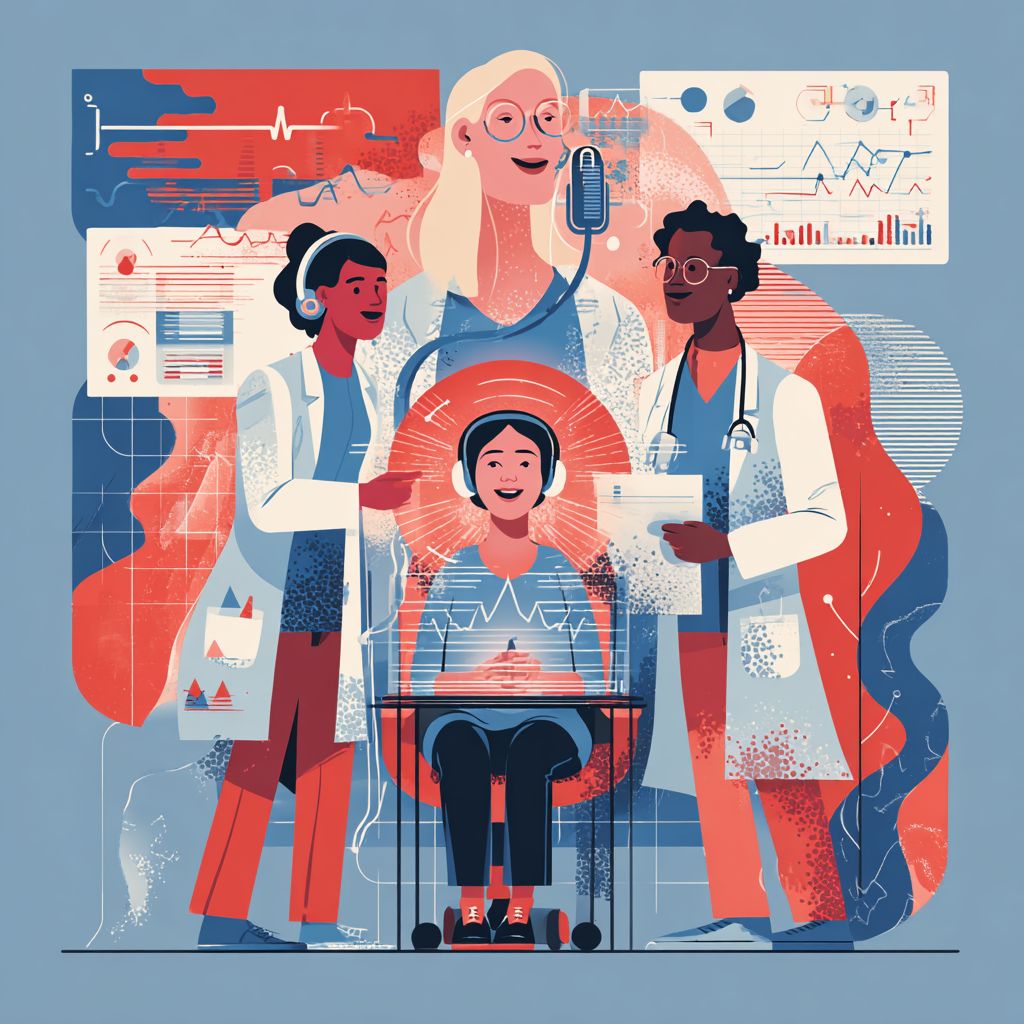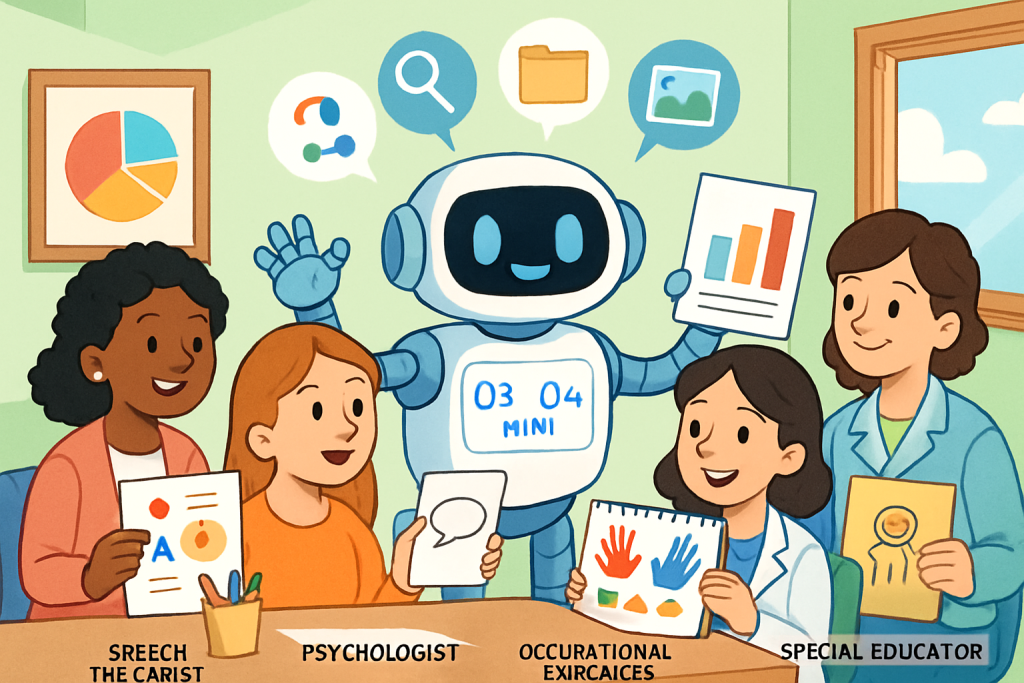It’s only been a few days since OpenAI released GPT-5, and already the internet is full of surprising, even wild, examples of what people are doing with it. From beatboxing to game design, the early stories show just how powerful and versatile this next-generation model has become. But beyond the fun experiments, what does this mean for us as speech-language therapists, occupational therapists, psychologists, and educators? Could the same features that let GPT-5 create games and music also support our daily work with children and families? Let’s look at some of the most talked-about use cases and reimagine them in a therapy context. Music, Rhythm, and Prosody Training One example involved GPT-5 generating a beatbox track. While this might seem like just a creative toy, it has real implications for therapy. Research shows that rhythm and musical engagement can support speech prosody, fluency, and social communication skills in children with ASD and developmental language disorder (Sharda et al., 2018). Imagine being able to instantly generate customized rhythm tracks for a child to practice syllable timing or stress patterns — GPT-5 makes this possible. Interactive Building and Spatial Reasoning Another user built a procedural building editor with GPT-5, allowing objects to be dragged, resized, and reshaped. In therapy, similar tools could strengthen executive functioning, planning, and spatial reasoning skills. Children with ADHD, for example, often benefit from structured, hands-on play that builds working memory and sequencing abilities (Diamond, 2013). Instead of static worksheets, therapists could use AI-powered interactive tasks that adapt in real time to the child’s responses. Transparency and Trust in AI A major step forward is GPT-5’s improved honesty about uncertainty. Unlike previous models, it more openly acknowledges when it doesn’t know an answer, reducing hallucinations. For us, this increases the reliability of AI as a support in clinical decision-making, parent communication, or even academic research. Trust is critical — and GPT-5 moves in the right direction. Gamification and Motivation From goblin shooters to Pokémon clones, people are already using GPT-5 to generate entire games. This might sound trivial, but gamification is powerful in therapy. Studies show that digital games can significantly improve engagement and motivation in children with ASD, dyslexia, or other learning difficulties (Whyte et al., 2015). With GPT-5, therapists could design personalized games in minutes — swapping vocabulary targets, social scenarios, or comprehension questions into an engaging format. Cognitive Training and Rehabilitation Another striking finding is GPT-5’s performance in competitive programming, where it outperforms other AI models by a wide margin. Programming is essentially problem-solving — and problem-solving tasks form the basis of many cognitive rehabilitation programs for adolescents and adults with neurological conditions. GPT-5’s ability to generate structured but challenging problem-solving activities could be adapted into therapy for executive function, working memory, and flexible thinking. Moving Forward: Opportunities and Cautions It’s easy to be excited about GPT-5, but as professionals we must balance enthusiasm with caution. Conclusion The early “wild” uses of GPT-5 show us that AI is no longer just a behind-the-scenes tool. It is becoming a creative partner — capable of generating music, games, problem-solving activities, and interactive experiences. For therapists and educators, this opens the door to more personalized, engaging, and adaptive therapy approaches. Our challenge now is to harness this power thoughtfully, grounding it in science, ethics, and empathy. If we do, GPT-5 could help us reimagine therapy for the next generation. References Whyte, E. M., Smyth, J. M., & Scherf, K. S. (2015). Designing serious game interventions for individuals with autism. Journal of Autism and Developmental Disorders, 45, 3820–3831. Sharda, M., Tuerk, C., Chowdhury, R., Jamey, K., Foster, N., Custo-Blanch, M., … Hyde, K. L. (2018). Music improves social communication and auditory–motor connectivity in children with autism. Translational Psychiatry, 8(1), 231. Diamond, A. (2013). Executive functions. Annual Review of Psychology, 64, 135–168.


